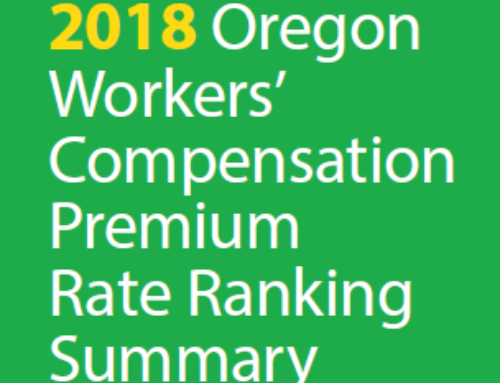The emergence of electronic prescription drug monitoring programs (PDMPs) in every state over the last 20 years has provided physicians, particularly the pain management doctors, with an opportunity to determine whether patients have been getting drugs from other doctors.
Make no mistake: the initial reason for PDMPs was an enforcement tool to check on physician behavior. However, many state legislatures restrained the role of law enforcement and regulatory authorities in passing legislation creating the state PDMP in response to physician input and, further, gave physicians the right to review PDMP information. In those states where physicians are given the opportunity to review PDMP data in “real time,” it has been a positive aid to doctors who prescribe and dispense medicines, particularly opioids.
In almost all states, doctors are now required to check the PDMP prior to prescribing or dispensing medicines.
But now the question is whether other parties should have access to PDMP data. Insurance companies are particularly interested in mining the data and, in fact, are allowed to do so in several states. Although while allowed, for example in Illinois, the information is not being shared at the present. For a state by state analysis see http://www.pdmpassist.org/content/pdmp-maps-and-tables.
Several attempts by insurers to gain access have been turned down (See, e.g., HB 1716, Maryland General Assembly, 2018 – http://www.mgaleg.maryland.gov/webmga/frmMain.aspx?pid=billpage&tab=subject3&id=hb1716&stab=01&ys=2018RS) .
Thus far, there has been no attempt by Big Pharma to access PDMP data. But imagine that sales personnel of drug companies were to be able to see what a physician was prescribing and then be in a position to suggest another medicine being offered by their company.
In an ideal world, no one should be watching. But, in the less than ideal world which we inhabit, Big Brother is watching.
But state medical societies should object to Big Insurers and Big Pharma being given access to PDMP data and make sure that physicians have complete “real time” access.
1211 Cathedral Street, Baltimore, Maryland 21201 – Call Our Offices – 443.449.2287
1211 Cathedral Street, Baltimore, Maryland 21201 – Call Our Offices – 443.449.2287



